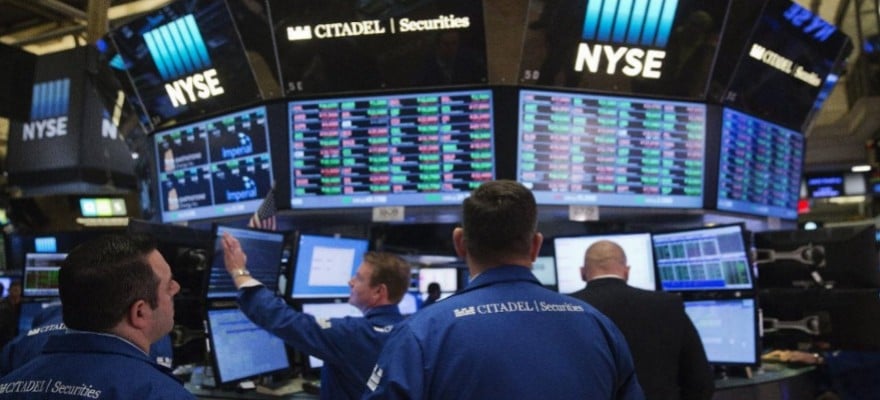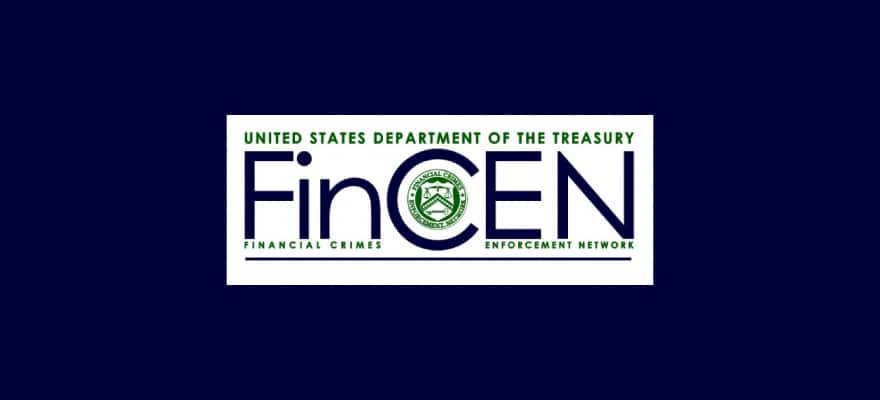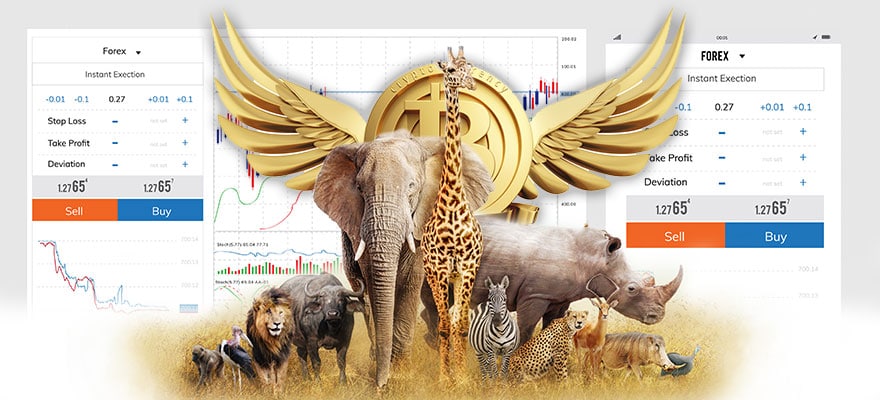Cryptocurrency exchanges are no longer just trading facilities. They are evolving into institutional-grade, highly secure infrastructures offering an increasingly broad range of investing options. What is more, the next generation of exchanges is pioneering new ways to use crypto within the global Payments systems.
All this combined with more clarity on regulation expected in the next few months – the UK FCA is currently consulting on the regulation of crypto firms and the US SEC is doing the same – means that it is an exciting time for the industry.
With over 200 exchanges at the last count and the launch of more in the pipeline, competition amongst exchanges is intensifying. Now it can be increasingly difficult to differentiate the good from the bad. But three main factors clearly identify those that are pulling away from the crowd.
1. Institutional-Grade Infrastructure
Firstly, most digital asset exchanges are now incorporating institutional-grade infrastructure. What this means in practice is that they provide all the functionality and transparency of traditional global forex markets: for instance, state-of-the-art, high frequency, low latency networks on scalable systems – crypto exchanges have had issues in the past with the speed of trade processing and settlement.
Fundamental to this is also a high liquidity ratio; it enables a fast turnover of transactions and more realistic prices. As well as loss of credibility an exchange with low liquidity is susceptible to higher prices and less visibility.
Some exchanges are also now beginning to offer greater liquidity through shared order book technology which connects traders throughout the global markets. Ultimately, this new generation of exchanges should be capable of handling far higher volumes of trades, across borders and at institutional-grade security levels.
More and more cryptocurrency exchanges are applying for regulatory approval, and some are already legal in certain jurisdictions. For example, the Gibraltar Financial Services Commission has approved a number of applications from exchanges for DLT provider licenses. Additionally, they are taking their fiduciary responsibilities to the next level by incorporating regular external audits of their trading platforms and fully implementing compliance programs such as Anti-Money Laundering (AML) and Know Your Client (KYC).
Moving forward we should adopt a principle-based approach like @GibraltarGov and their DLT regulatory framework. Obtaining a Gibraltar license is a sign of quality. #BlockchainWeek @FinTechWeek
— Ashley Fox MEP (@Ashleyfoxmep) January 24, 2018
2. Top Security
According to ICO Rating’s Exchange Security Report V2.0 which analyzed 130 of the world’s largest digital asset exchanges, not one of them received an A* rating and only 16 percent achieved an A rating. Clearly, security on exchanges has some way to go. But there are exchanges that are ahead of the game, focusing on protection in client funds throughout the process.
For example, exchanges that provide depositary accounts that are secure enough to hold digital assets both before and after trade execution. Similarly, exchanges that offer segregated custody accounts prove that they are taking security seriously. These accounts appeal to hedge funds, mutual funds, and exchange-traded funds. And all fiat currency should be held in EU banks or US FDIC-insured banks.
The most successful exchanges will encrypt data and require strong, complex passwords as well as 2-step verification for storage. Storing digital assets offline, or as it is also called, in cold storage, is generally considered the safest method. Multi-signature wallets are essential too, to safeguard online funds.
Exchanges are implementing other options too: monitoring all network activity and installing perimeter security systems. There is dedicated software available, such as OVHCloud, to protect against distributed denial-of-service attacks (DDoS) - A DDoS attack aims to render a server, service, or an infrastructure unavailable by overloading the server's bandwidth or monopolizing its resources to the point of depletion.
3. Connecting Digital Assets and E-Commerce
But what sets apart the new generation of exchanges is that they are using cryptocurrencies to create an entire new payments ecosystem.
The rise of tokenized offerings has been a major contributor to the growth of the crypto economy. Yet it operates in parallel to the fiat economy. There is very little overlap, and token holders and traders holding cryptocurrencies are restricted when trying to pay with crypto.
But with the global cryptocurrency and Blockchain market projected to reach $42.16 Billion by 2022, according to Infoholic Research LLP, there is huge incentive to integrate crypto into traditional payments systems.
The more innovative exchanges are incorporating new payments channels which can accept cryptocurrencies — for example, signing up with online merchants to accept a cryptocurrency as a means of payment. Essentially exchanges are opening up a marketplace for goods and services, as well as trading.
We are still in the early stages, for sure, and it will be some time before we see crypto marketplaces as standard. But integrating an infrastructure that is fully regulatory compliant with high levels of security, as well as enabling cryptocurrencies to connect with e-commerce too, is the logical next step. There can be no doubt that these digital asset exchanges will develop into successful global trading hubs of tomorrow.
Maxim Bederov is a serial entrepreneur, venture capitalist and blockchain technology expert.






















